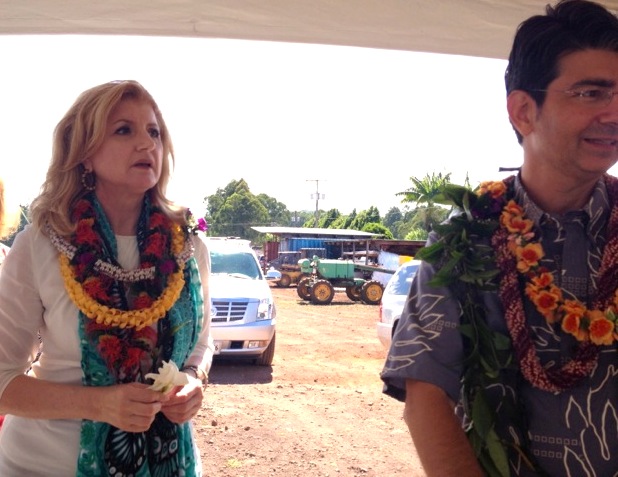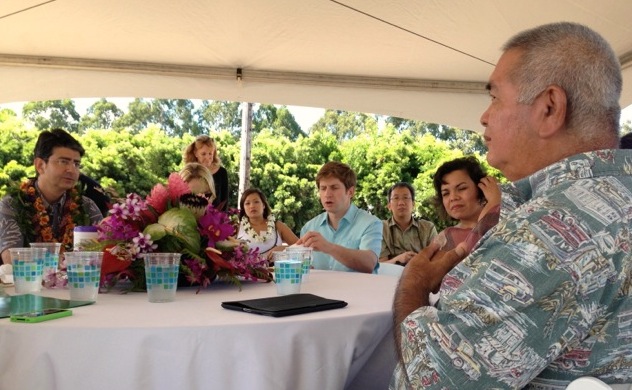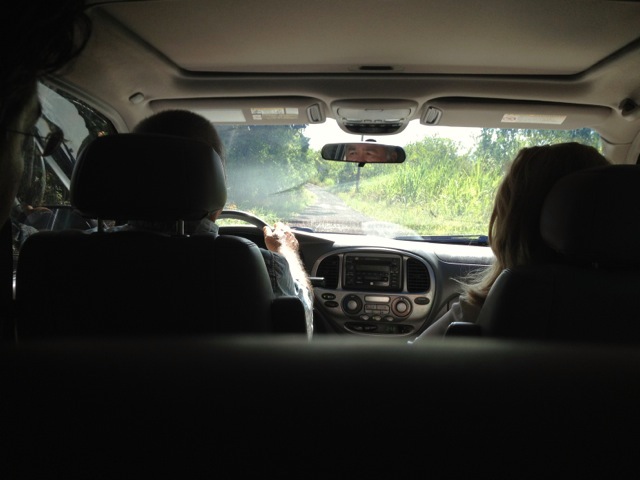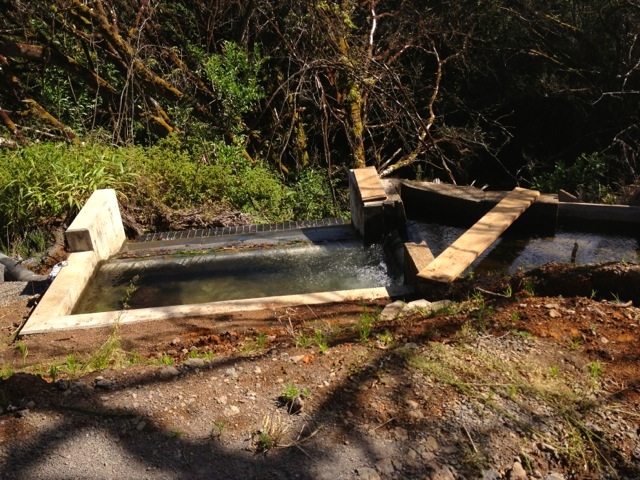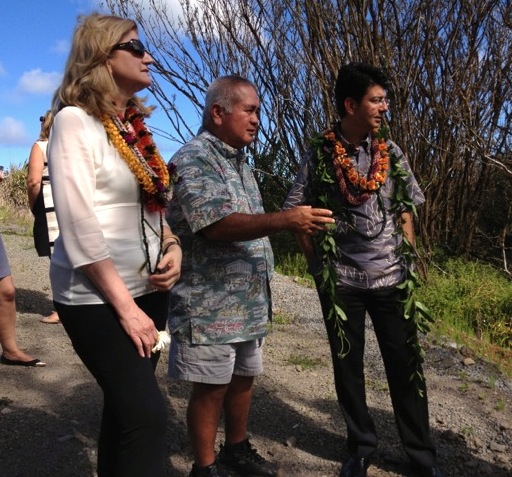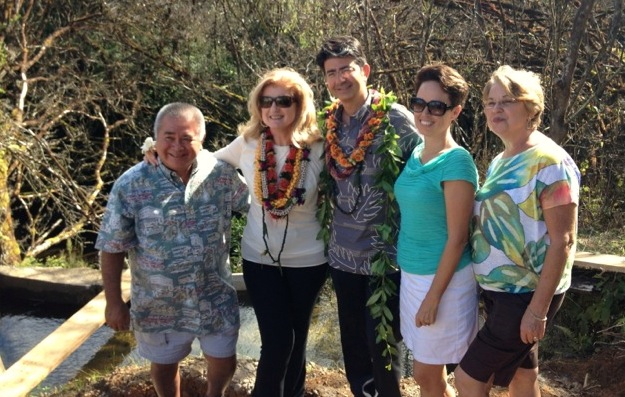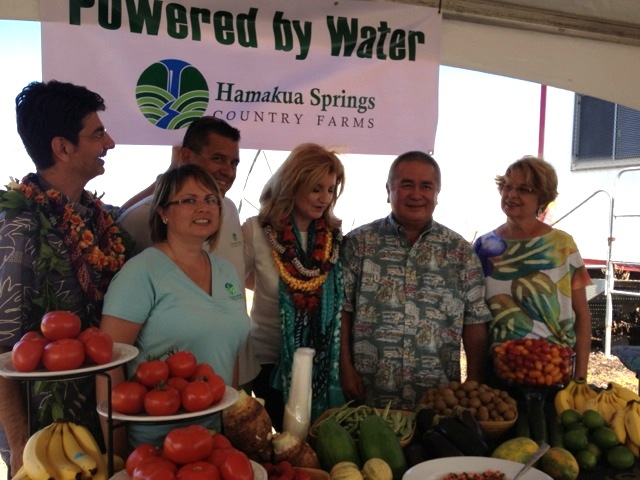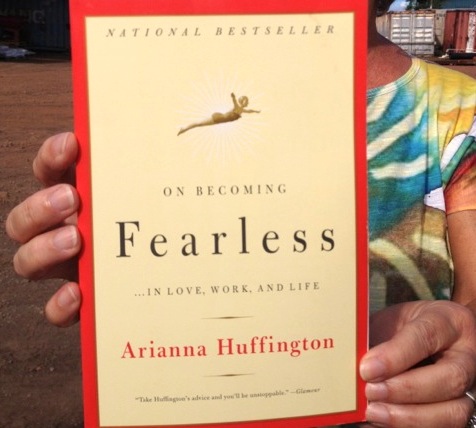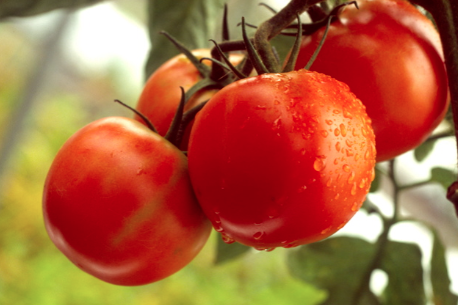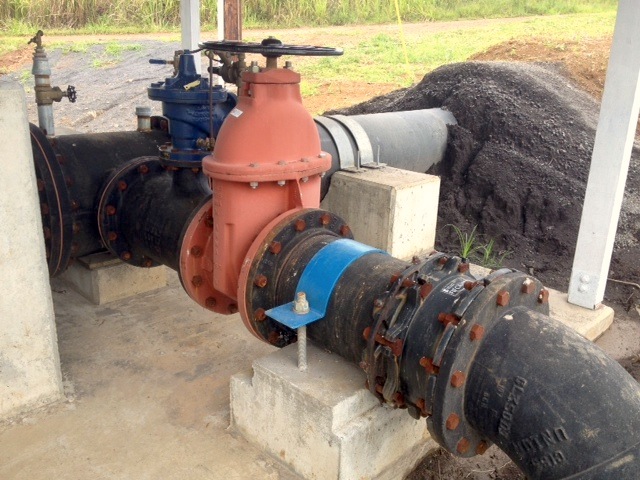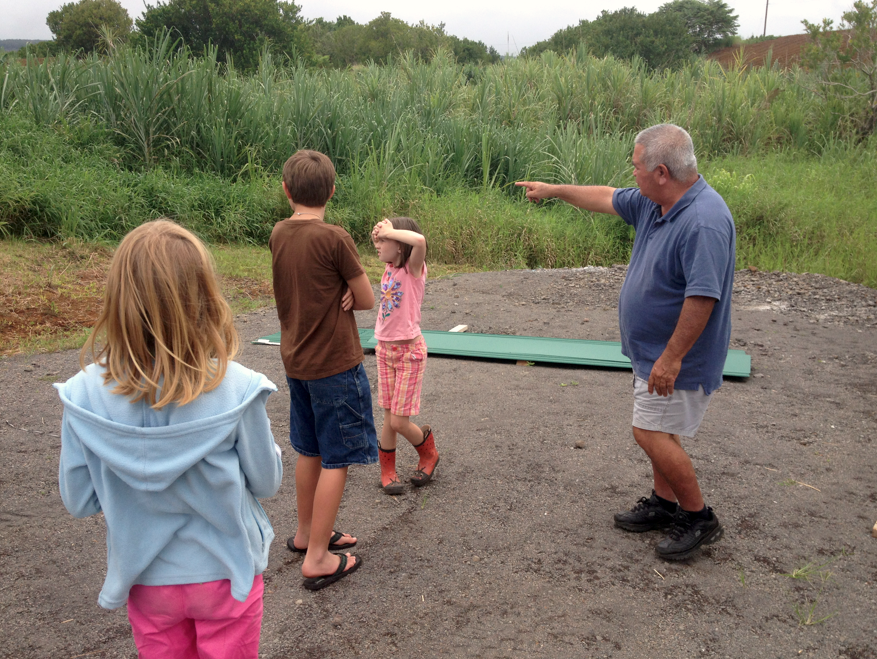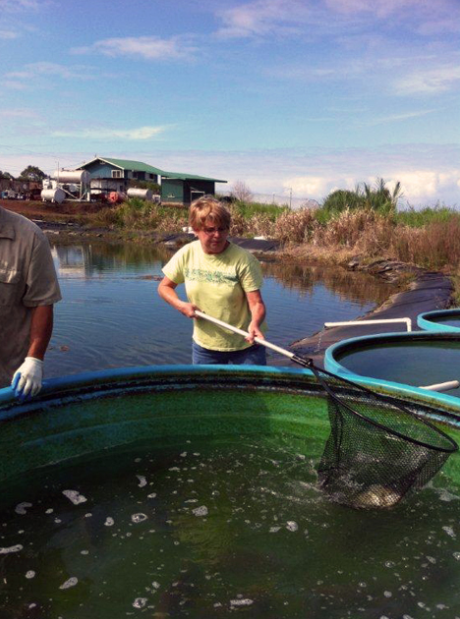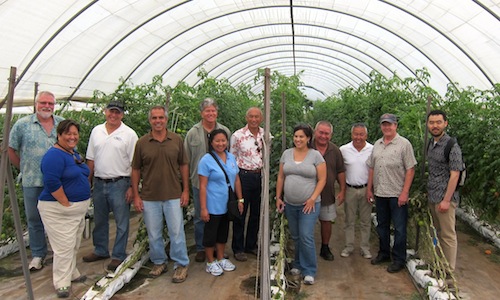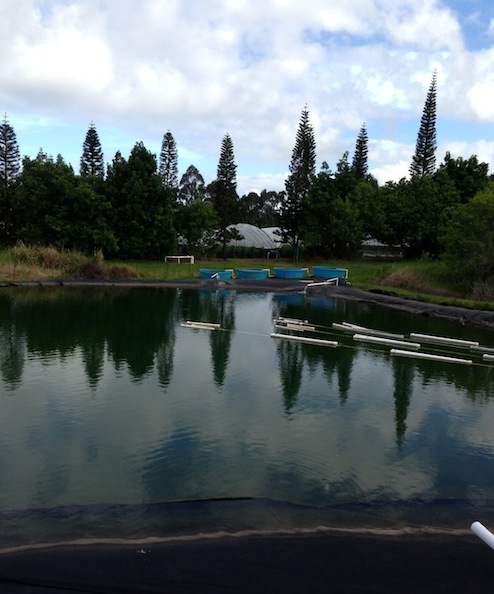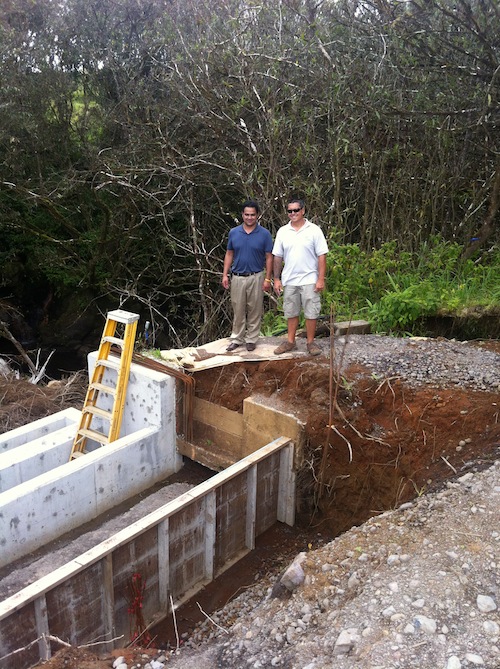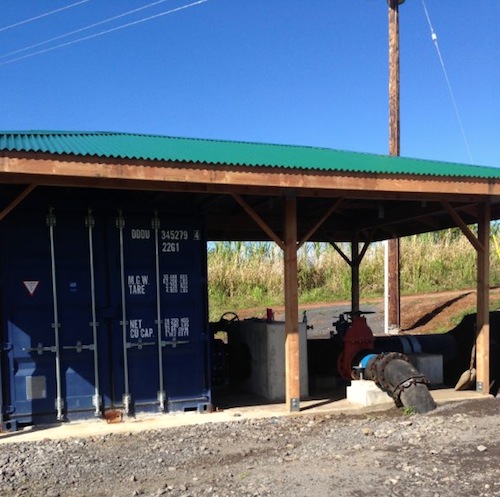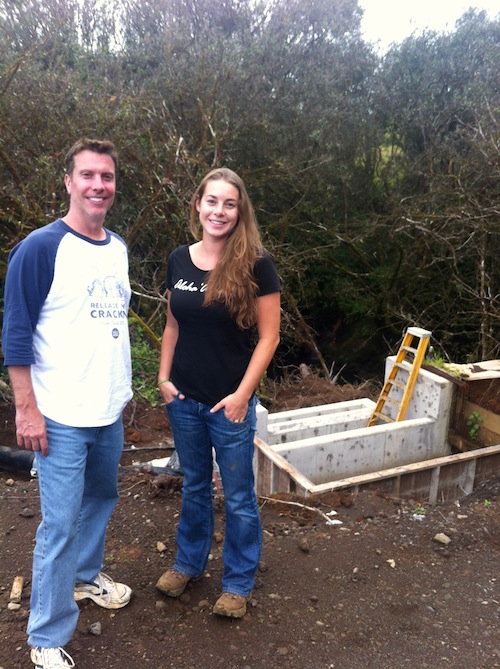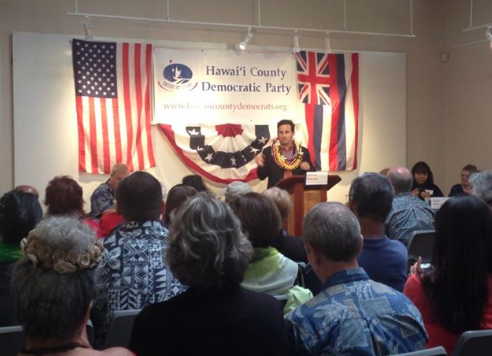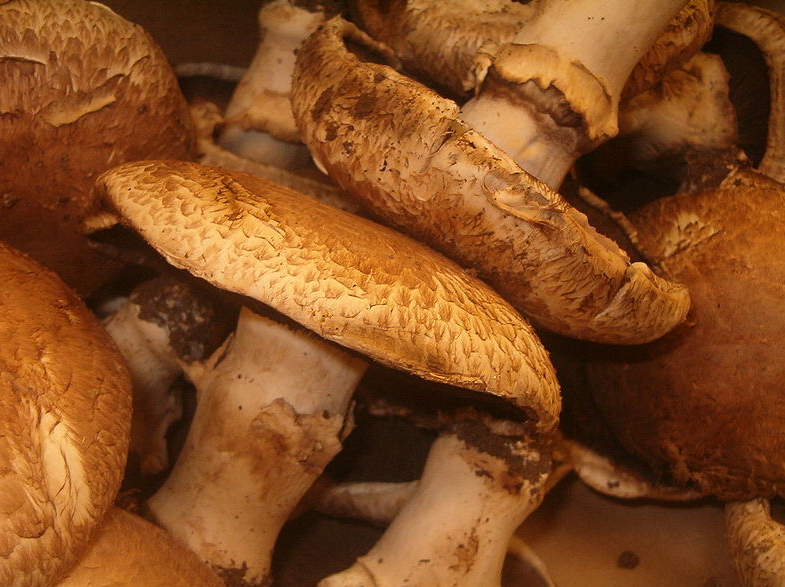Richard Ha writes:
What we’re doing on the Big Island with Bill 113 is trying to make a law that prohibits us from helping ourselves. It is the exact opposite of what we should be doing.
The biggest problem we face today is at the intersection of energy and agriculture. In a nutshell: As petroleum prices rise, there’s a direct consequence on agriculture and everything that goes into it (fertilizer, chemicals, packing materials, etc.).
We rely on oil here far more than does the U.S. mainland. We generate 78 percent of our electricity from oil, whereas on the mainland, it’s only two percent. As oil prices rise, everything that has electric costs associated with it gets more expensive. We already see this happening.
Our farmers and food producers on this agricultural-based island are becoming less competitive, and our food prices are skyrocketing.
We need to find a way to be more competitive, which will not only keep our farmers and food producers working, and make us more “food secure,” but will also make our food costs go down instead of continuing to increase.
It’s energy and technology that determine agricultural costs, and fortunately we have two ways to solve this big problem:
Energy
We are extremely fortunate here on the Big Island to have a resource that most places don’t have: We have the gift of geothermal energy. Geothermal costs only half as much as oil, and the resource will be stable (we will be over the “hot spot” that makes it possible) for 500,000 years.
If we increase our use of geothermal over the years as the price of oil rises, we will be more competitive with the rest of the world. This will be good for our island’s ag industry and also for our people, who will see prices go down, instead of up.
Agriculture
Biotech solutions generally lower costs. They can help increase production, whether it’s with university-developed solutions that help plants resist diseases and pests, or biotech solutions that allow plants to manufacture their own nitrogen so we don’t have to import fertilizer (which requires electricity to produce and oil to get to Hawai‘i).
Then we will be able to rely on natural sunlight for our primary energy, which gives us a tremendous, and not common, advantage – we can grow crops here all year around. Insects, pests and weeds grow all year around too, though, and biotech can safely help us with those problems so we will become even more sustainable and competitive.
Using geothermal plus appropriate biotech solutions can give us a huge advantage over the rest of the world, and make life better for us here at home, but we don’t have much time. We have to let science and technology prevail so we can move forward, not stagnate nor fall behind, and we have to get on this now.
There is some unwarranted fear about using biotechnology, but know that all the major scientific organizations in the world say foods created with biotechnology are as safe as those created otherwise.
Oil is a finite resource, and its cost will rise. There is no question about this. It’s a predictable consequence of what’s happening now, and this is not just my take on it.
Gail Tverberg, who is an actuary and an expert on Peak Oil, says it’s not the physical oil that’s a problem, but it’s whether or not we can afford it – because, of course, the harder it is to find the oil, the more expensive it becomes. This is what’s happening right now. She predicts that in two years we’ll be in really serious trouble.
Citibank recently put out a report predicting that Saudi Arabia will no longer export oil by year 2030 – only 17 years from now – because they will be using all their oil within their own country. The consequence of this would be rising oil prices, and the effects would be felt much sooner than 2030.
Many, many other reports agree that the price of oil will continue to rise. The whole prospect is pretty scary.
Michael Kumhof of the International Monetary Fund (IMF) says the IMF can’t even model what will happen if oil hits $200/barrel, because that would be entirely uncharted territory.
I have been to five Peak Oil conferences now, which I started attending in order to figure out how to position our farm for the future. In the course of learning about the oil situation, I realized I was the only person from Hawai‘i attending, and realized I needed to share what I was learning here at home.
What I learned is that the world has been using two to three times as much oil as we’ve been finding, and that this trend continues. Over the five years I attended the conferences, we started to hear predictions of when unparalleled high oil prices, the kind the IMF cannot even model, could occur.
It might be two years from now, or it might be 20 years, but it will happen, and it might happen soon. We need to start preparing now.
Charles Darwin said it’s not the strongest nor the smartest who survive, but the ones that can adapt to change. Let’s survive, and more.

